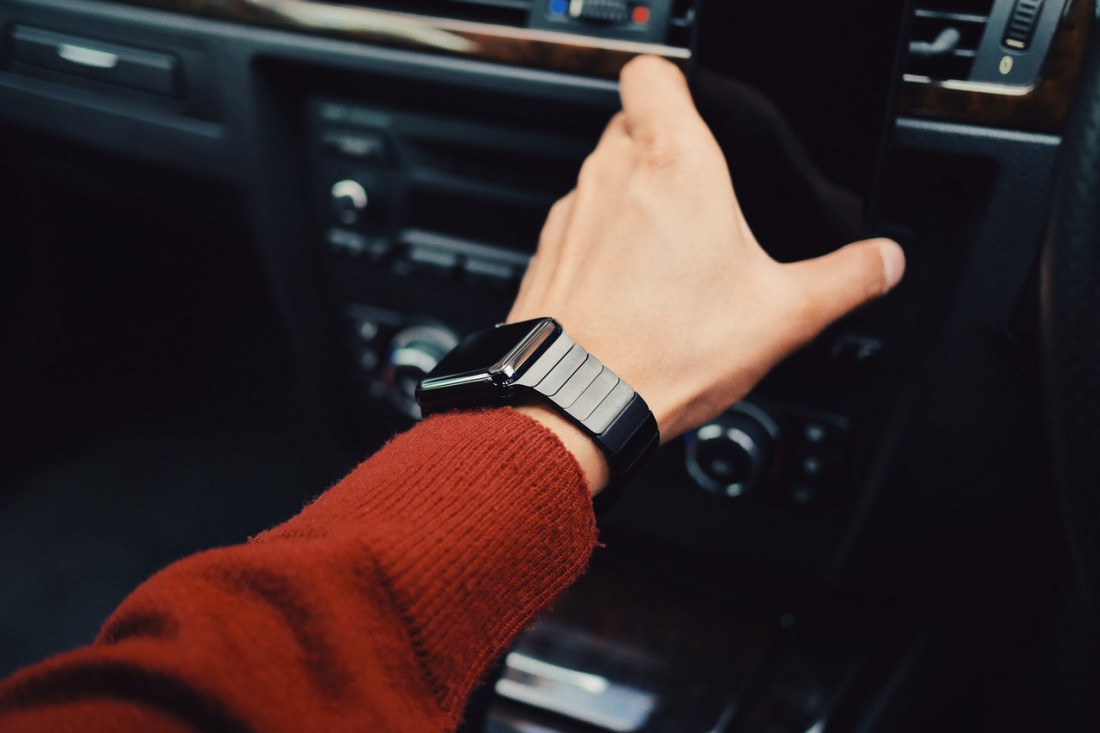With such intense competition in the chemicals industry, many businessmen are looking for new ways to break into new chemical markets, and it now seems that an entrepreneur from Cambridge University may have sniffed one out. That is because Dr Jenny Tillotson has patented a liquid delivery system that can be built into clothing or a device and dispenses a spray (scent, insect repellent, drug, aromatherapy etc.) that is activated by a ‘sensed biometric property or sound.’
As Tillotson says in her own words, “It can to be triggered by some kind of action or sound in the near environment, which could be a mosquito, music or snoring, even. It could be programmed to react to emotional response such as heart rate or body odour as well, which is really useful. It works for stress or anxiety in that case, so is very much for wellbeing.”
Her business idea is being promoted by the Arts and Hummanities Council, (http://www.ahrc.ac.uk/research/readwatchlisten/features/the-scent-of-things-to-come/) a British instituition which awarded Tillotson many grants over the years to develop her idea from her wearable ‘Smart Second Skin Dress’ (pictured), to the chemical delivery system of today. She recently won the ‘Most Contextual Technology Award 2015′ at the Tech Expo in London (http://www.ceb.cam.ac.uk/news/news-list/escent-oct15).
It has many possible uses, for example a sportsman may wish to have a dash of something up their nose at a crucial moment in a match or race, or medicine could be applied when a patient’s heartbeat reached a certain rate.
For now Tillotson’s company, Escent, is focusing on fashionable, wearable products that dispense fragrances for the ‘wellbeing’ market, such as aromatherapy users. However, Hugh Parnell, Tillotson’s business development advisor and Chairman of Cambridge Clean Tech believes that the idea, “… could well become viral. There are some very serious people in the fashion industry that have indicated interest in having a mechanism that demonstrates the ability eScent has. Department stores are interested too.
One clear market is the replacement for the perfume bottle and the ability to deliver an array of personal scents using small cartridges that can be replaced,” he says. “The other is wearable technology, fashion and perfume overlapping. The patent offers an array of uses that stretches from anti-malarial to something you might use in the bedroom to dispense pheromones.”
For now the key is to find the exact market for such a product, as well as financial backing to take it to market. But also to answer the question, ‘Who needs a wearable chemical dispenser?’
Would you wear one? What uses do you think this product may have? Let us know on our facebook (https://www.facebook.com/sspotchemi) or LinkedIn group (https://www.linkedin.com/groups/6716043) or follow the links to find out about other new chemical products and price changes in the industry.

